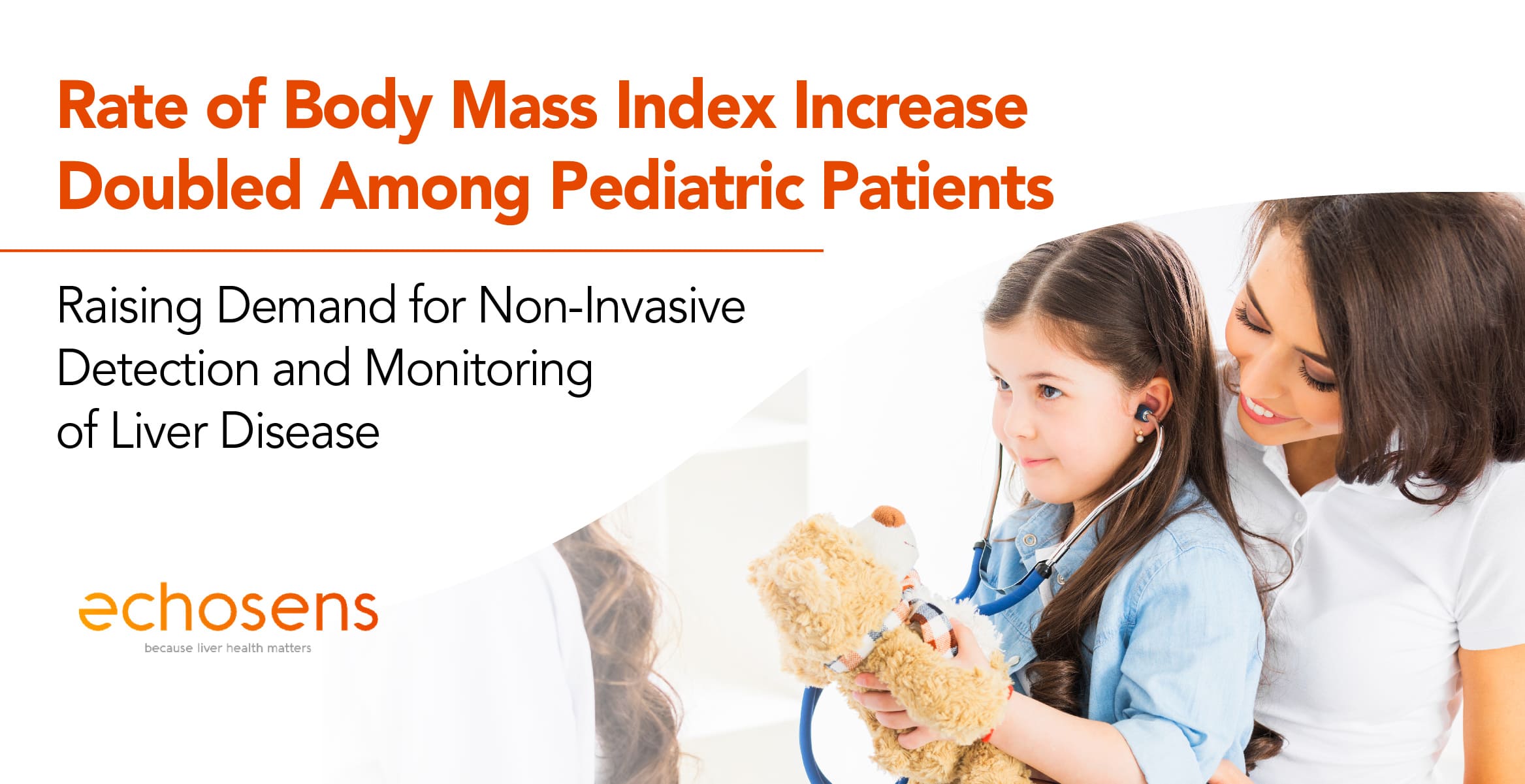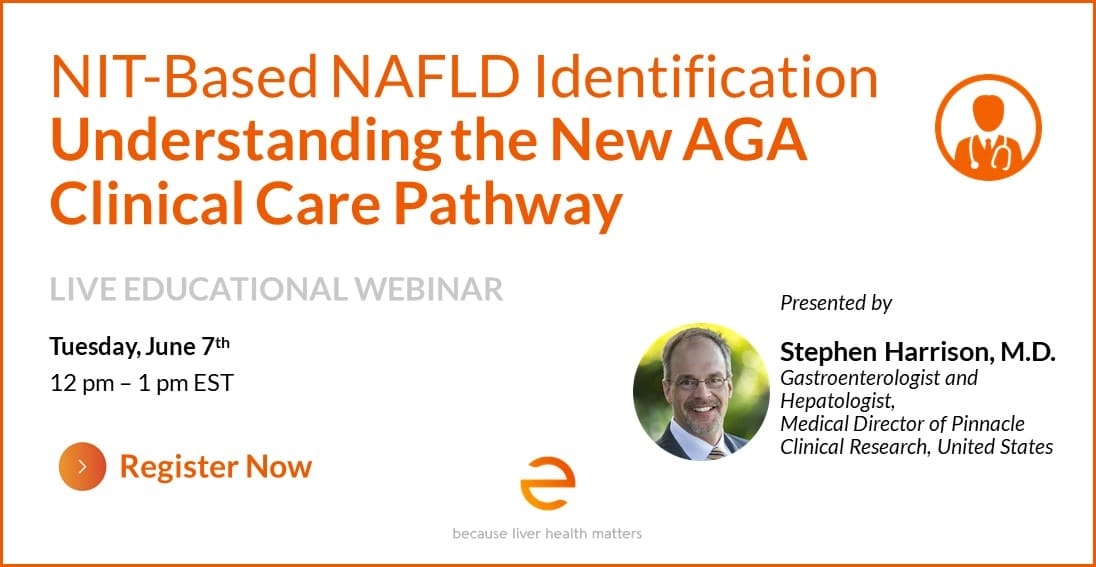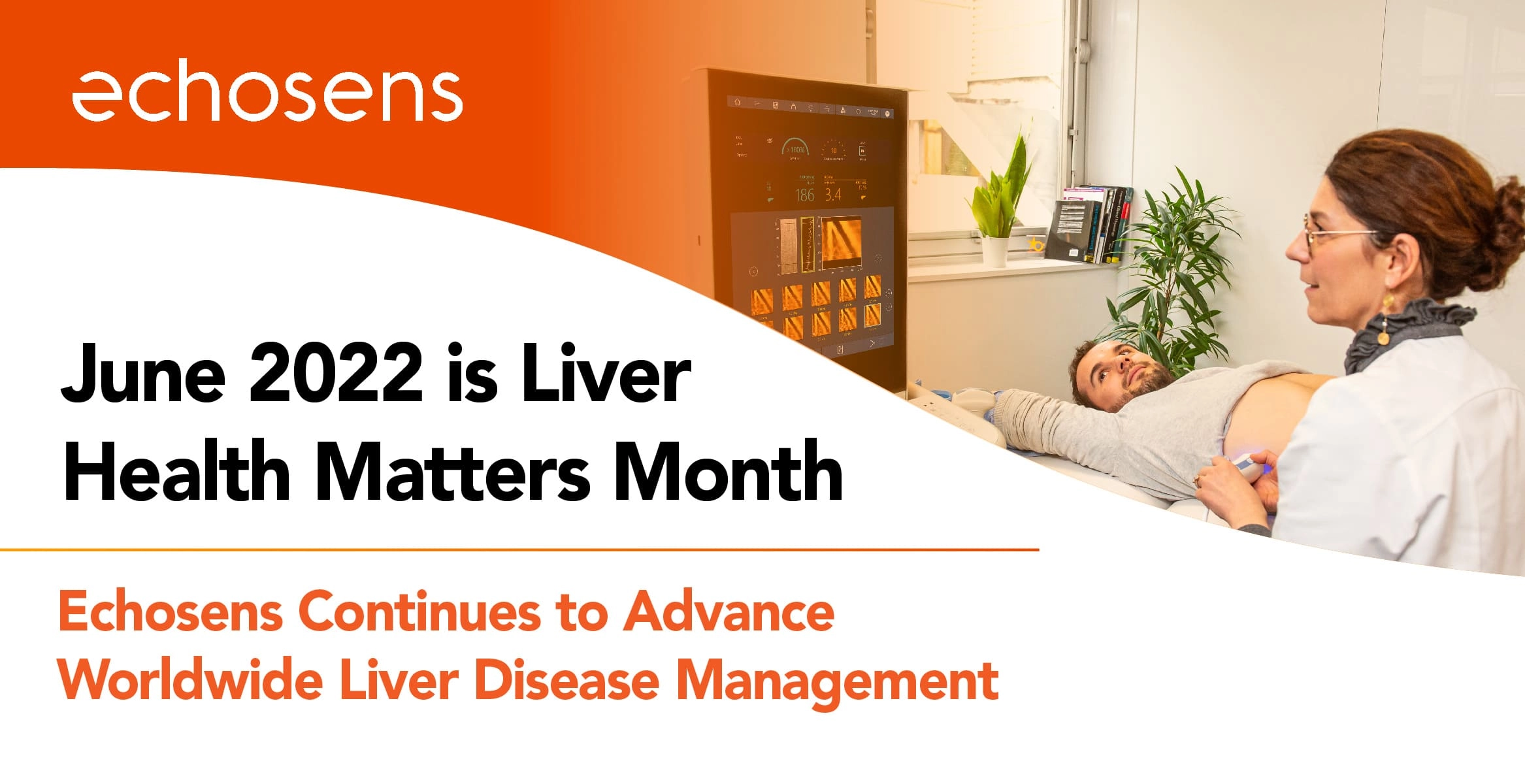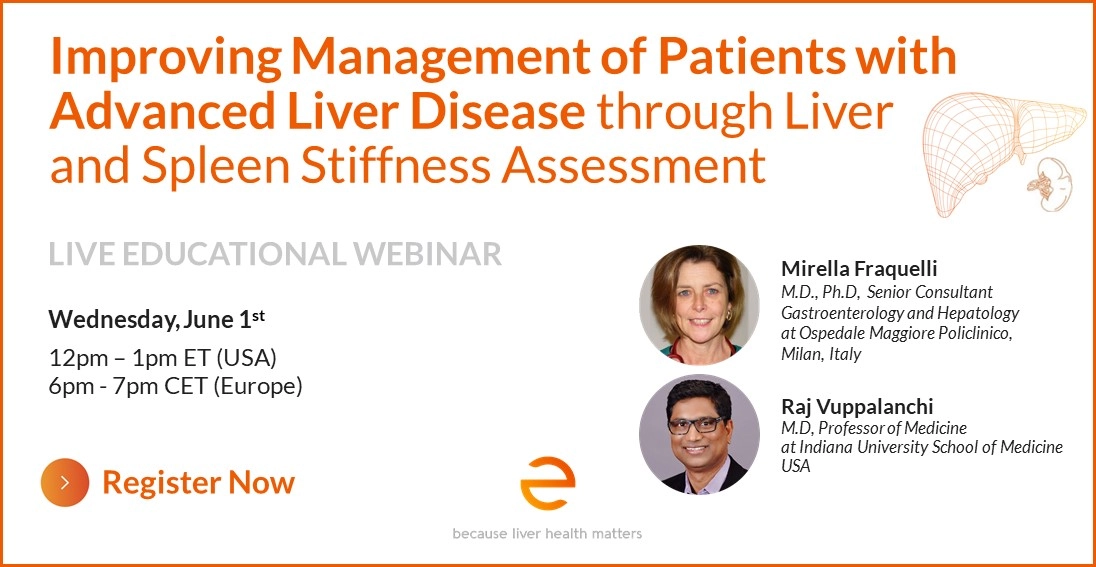With school closures, disrupted routines, increased stress and less opportunity for physical activity and proper nutrition, weight gain among children and adolescents comes as no surprise. But urgent action is required so that pediatricians, parents and pediatric patients can prevent liver disease.
FLD is asymptomatic and can lead to nonalcoholic fatty liver disease (NAFLD), in which too much fat is stored in liver cells. The good news is that liver disease can be halted or reversed if caught early enough.
NAFLD is the most common cause of chronic liver disease3 in American children and can progress to advanced fibrosis or cirrhosis. NAFLD in children is strongly associated with metabolic syndrome, greatly increasing the potential for future cardiovascular disease and diabetes mellitus.
Non-Invasive Liver Exam
Point-of-care examinations, monitoring and ongoing assessment of liver fat and stiffness as provided by FibroScan®, a rapid, non-invasive point of care examination, can cost-effectively identify individuals who are asymptomatic and undiagnosed for liver damage. It can also provide metrics for monitoring changes in liver fat due to lifestyle modification.
For pediatric patients, measurement of liver stiffness (LSM) and Controlled Attenuation Parameter (CAP™) by Vibration Controlled Transient Elastography (VCTE™) are best-in-class tools to be used as an aid in the clinical management of pediatric patients with liver disease. It is available with SmartExam capability on FibroScan®, models Compact 530, Mini+ 430, and Expert 630.
Keep in mind that the XL+ probe is not approved for use in children and spleen stiffness is also not approved in children. This means that even if the M+ probe is approved for LSM and CAP™ in children with a thoracic perimeter >= 75 cm it is not approved for SSM. Also, use of the M+ probe is not approved for patients under 14 years old.
Prevention and Lifestyle Management
Obesity prevention and management efforts should include health care provider screening for BMI, food security and social determinants of health—such as lack of access to nutrient-rich foods–and increased access to evidence-based pediatric weight management programs and food assistance resources.
Studies suggest that about 1 in 104 children and adolescents have fatty liver, with or without inflammation. It’s important to intervene early to prevent further weight gain and liver inflammation. In adults, FLD is a growing reason for liver transplant and, in some instances, liver cancer.
With pediatric patients, it’s important to avoid discussion about diets and calories, and focus instead on improving health and achieving lifestyle goals, such as eating more vegetables and getting more exercise.
_______
References
1.https://www.wsj.com/articles/the-consequences-of-skipping-doctor-appointments-during-the-covid-pandemic-11620067142?mod=article_inline
2. https://www.cdc.gov/mmwr/volumes/70/wr/mm7037a3.htm
3.Pardee PE, Lavine JE, Schwimmer JB. Diagnosis and treatment of pediatric nonalcoholic steatohepatitis and the implications for bariatric surgery. Semin Pediatr Surg. 2009 Aug;18(3):144-51. doi: 10.1053/j.sempedsurg.2009.04.004. PMID: 19573756; PMCID: PMC2761012.
4.https://www.cuimc.columbia.edu/news/what-parents-should-know-about-kids-and-fatty-liver-disease



